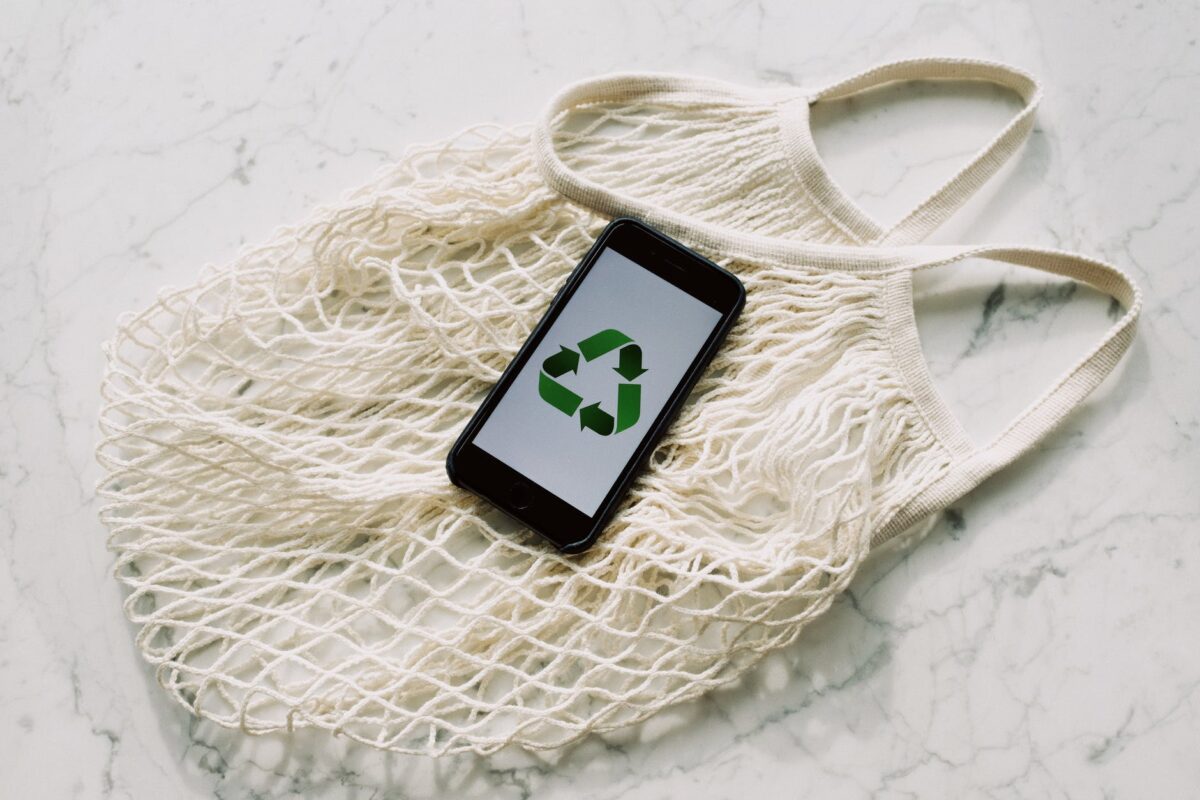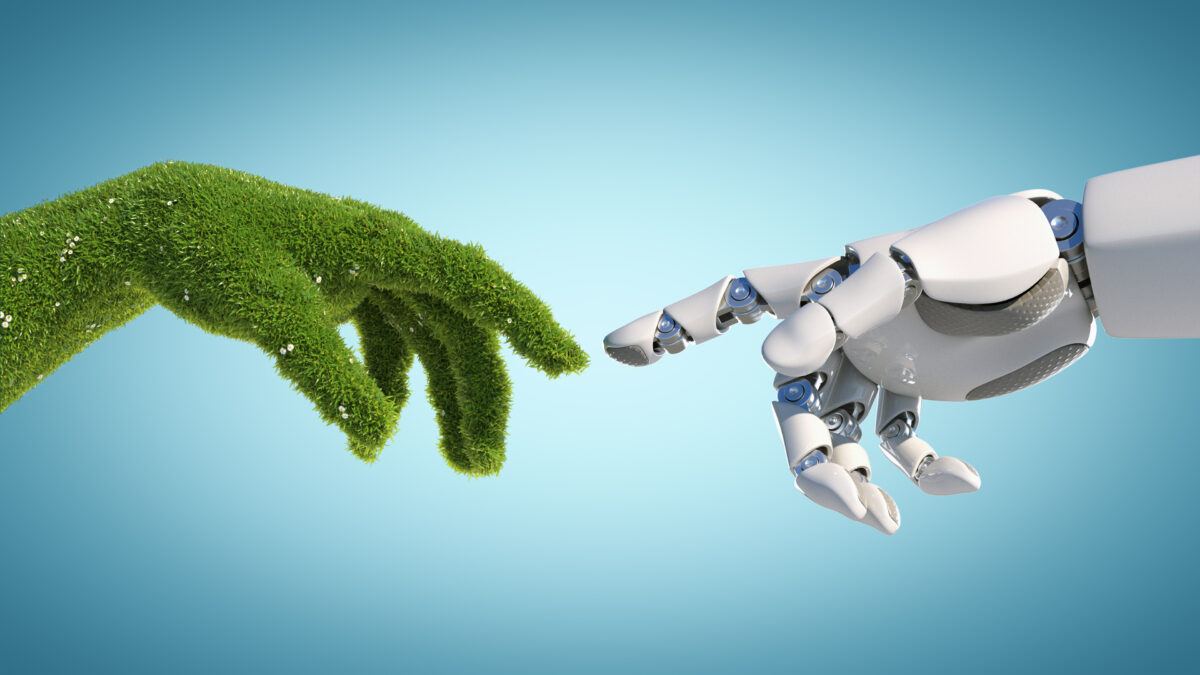How does recycling electronics help create sustainability within the industry?
Thanks to advancements in material science and recycling technologies, it’s possible to recycle around 80% of most new electronics. For example, the smartphone in your hand or pocket has around 80% recyclable components.
The most valuable components in electronics are rare and precious metals. The quantity of these metals in your phone is tiny but the number of phones (and other electronics) that enter landfill is huge. This creates a lucrative opportunity for recyclers to invest in processes that can extract the most valuable components efficiently.
Recycling in the electronics industry
Recycling electronics is important to not only reduce e-waste, but also our dependency on the mining and manufacturing of new materials.
The electronics industry is at odds with environmentalists because the industry that’s pioneering solar and renewable energy technologies generates a lot of e-waste. You can’t have it both ways. If you want technology to fight climate change, it first has to advance to a point where it becomes neutral and self-sustained.
Mass recycling is the process that will enable this in the future. For now, it is a stop-gap to minimise the electronics industry’s impact on the environment. And it’s working, with 15% of e-waste recycled globally in 2019. This figure is rising by 2-3% per year. In 2030 we expect the global e-waste recycling rate to hit 50%.
European legislation requires every manufacturer and producer to arrange and finance the collection, treatment, recycling and disposal of WEEE (Waste Electrical and Electronic Equipment). This is a positive step. In the future, we want to see 100% recycling efficiency, although this will require different materials to those used today.
Excess inventory management
Another area of the electronics industry where recycling is important is excess electronic components. These components are not assigned for manufacturing and have no purpose in production. They take up space and are depreciating assets.
These components tend to be discarded and written off. However, recycling is not the best thing for them. The best thing for them is putting them back into production. The old phrase “One man’s trash is another man’s treasure” springs to mind.
This process is known as excess inventory management and it requires an electronic component distributor to purchase unwanted stockpiles of components. These stockpiles are then re-sold through a distribution network.
This provides a few benefits to the seller:
- An instant, positive cash injection
- Reduced stockholding costs
- Reduced time spent managing surplus stock
For example, our excess inventory specialists purchase and manage stock that has been identified for disposition. This process turns unwanted electronic components into cash and introduces new revenue streams into existing businesses.
Where does excess inventory end up?
Most excess inventory ends up on the production line with manufacturers and OEMs to create new products. This puts the components into production and significantly increases the time from manufacture to end of life.
Other components can find no end user. In this case, the components are sent to specialist recycling centres who purchase the components as scrap. Around 10% of excess inventory is sent on for recycling. The majority enters production.


